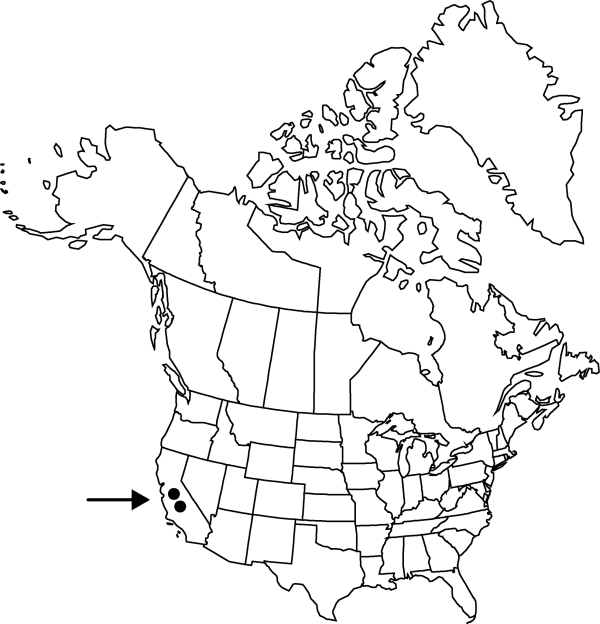Difference between revisions of "Atriplex coronata var. vallicola"
Rhodora 102: 423. 2001.
FNA>Volume Importer |
FNA>Volume Importer |
||
| Line 8: | Line 8: | ||
}} | }} | ||
|common_names=Valley crownscale | |common_names=Valley crownscale | ||
| − | |basionyms={{Treatment/ID/ | + | |basionyms={{Treatment/ID/Basionym |
|name=Atriplex vallicola | |name=Atriplex vallicola | ||
|authority=Hoover | |authority=Hoover | ||
| + | |publication_title=Leafl. W. Bot. | ||
| + | |publication_place=2: 130. 1938 | ||
}} | }} | ||
|synonyms= | |synonyms= | ||
| Line 53: | Line 55: | ||
|publication year=2001 | |publication year=2001 | ||
|special status= | |special status= | ||
| − | |source xml=https://jpend@bitbucket.org/aafc-mbb/fna-data-curation.git/src/ | + | |source xml=https://jpend@bitbucket.org/aafc-mbb/fna-data-curation.git/src/f6b125a955440c0872999024f038d74684f65921/coarse_grained_fna_xml/V4/V4_701.xml |
|genus=Atriplex | |genus=Atriplex | ||
|subgenus=Atriplex subg. Obione | |subgenus=Atriplex subg. Obione | ||
Revision as of 20:02, 24 September 2019
Stems spreading, mainly 0.2–2 dm; basal branches and leaves typically opposite. Fruiting bracteoles thick, broadly deltoid to suborbiculate, flat to spheroid, 2–4 × 2.5–4 mm, united to middle, smooth to tuberculate or less commonly bicristate, with few large, irregular teeth at summit. Seeds dark brown, 1–1.5 mm.
Phenology: Flowering spring–fall.
Habitat: Dried rain pools and flats, alkaline soils
Elevation: 200-400 m
Discussion
Of conservation concern.
Atriplex coronata var. vallicola is often found with Atriplex polycarpa, Suaeda fruticosa, Allenrolfea occidentalis, Plantago insularis, Eremalche parryi, Bromus rubens, and Festuca spp. D. Taylor and D. H. Wilken (1993) noted that this variety intergrades with, and is perhaps best considered a subspecies of, Atriplex coronata. That observation in borne out by plants of both taxa from sites in Kern County, at least. The differences are subtle and subject to interpretation. Another choice would be to regard it as a synonym of A. coronata. Greenhouse-grown specimens and some individuals from mesic stands have elliptic, entire to serrate, leaves to 25 mm and 8 mm wide.
According to D. Taylor and D. H. Wilken (1993), plants from the San Joaquin Valley (Carrizo Plain) are undescribed and have the following characters: yellow-green scaly; leaves petiolate, blade ovate; fruiting bracteoles ± 3–4 mm, smooth.
Selected References
None.
